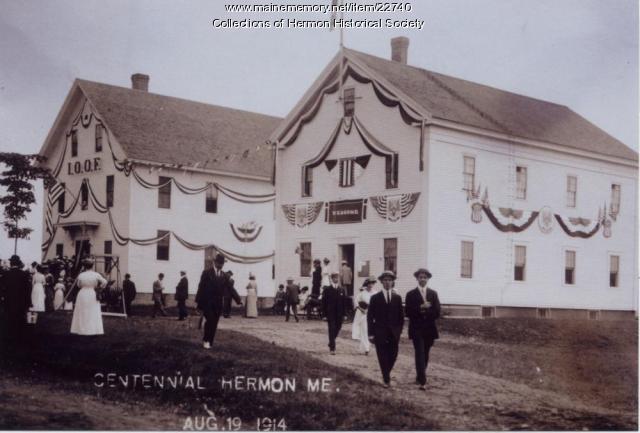Keywords: Associated objects
- Historical Items (437)
- Tax Records (0)
- Architecture & Landscape (0)
- Online Exhibits (19)
- Site Pages (10)
- My Maine Stories (1)
- Lesson Plans (5)
Lesson Plans
Your results include these lesson plans. Your results include these lesson plans.
Lesson Plan
Primary Sources: The Maine Shipyard
Grade Level: 9-12
Content Area: Social Studies
This lesson plan will give students a close-up look at historical operations behind Maine's famed shipbuilding and shipping industries. Students will examine primary sources including letters, bills of lading, images, and objects, and draw informed hypotheses about the evolution of the seafaring industry and its impact on Maine’s communities over time.
Lesson Plan
Primary Sources: Daily Life in 1820
Grade Level: 6-8, 9-12
Content Area: Social Studies
This lesson plan will give students the opportunity to explore and analyze primary source documents from the years before, during, and immediately after Maine became the 23rd state in the Union. Through close looking at documents, objects, and art from Maine during and around 1820, students will ask questions and draw informed conclusions about life at the time of statehood.
Lesson Plan
Primary Sources: Healthcare History in Maine
Grade Level: 6-8, 9-12
Content Area: Social Studies
This lesson plan will give students the opportunity to read and analyze letters, literature, and other primary documents and articles of material culture from the MHS collections relating to how people in Maine have given and received healthcare throughout history. Students will discuss the giving and receiving of medicines and treatments from the 18th-21st centuries, the evolving role of hospitals since the 19th century, and how the nursing profession has changed since the Civil War. Students will also look at how people and healthcare facilities in Maine have addressed epidemics in the past, such as influenza and tuberculosis, and what we can learn today from studying the history of healthcare and medicine.
Lesson Plan
What Remains: Learning about Maine Populations through Burial Customs
Grade Level: 6-8
Content Area: English Language Arts, Social Studies, Visual & Performing Arts
This lesson plan will give students an overview of how burial sites and gravestone material culture can assist historians and archaeologists in discovering information about people and migration over time. Students will learn how new scholarship can help to dispel harmful archaeological myths, look into the roles of religion and ethnicity in early Maine and New England immigrant and colonial settlements, and discover how to track changes in population and social values from the 1600s to early 1900s based on gravestone iconography and epitaphs.
Lesson Plan
Building Community/Community Buildings
Grade Level: 6-8
Content Area: Social Studies
Where do people gather? What defines a community? What buildings allow people to congregate to celebrate, learn, debate, vote, and take part in all manner of community activities? Students will evaluate images and primary documents from throughout Maine’s history, and look at some of Maine’s earliest gathering spaces and organizations, and how many communities established themselves around certain types of buildings. Students will make connections between the community buildings of the past and the ways we express identity and create communities today.






